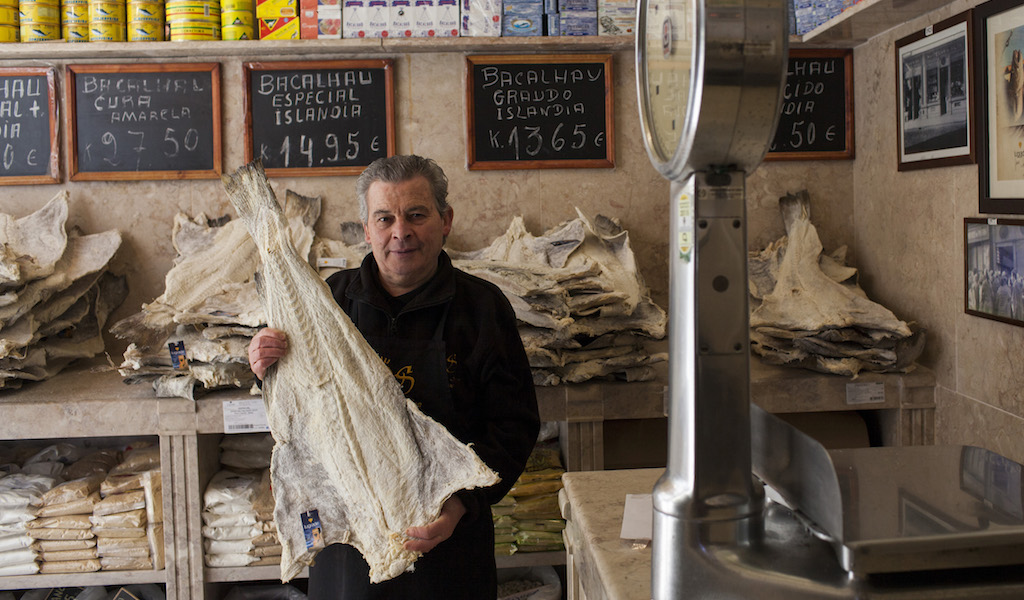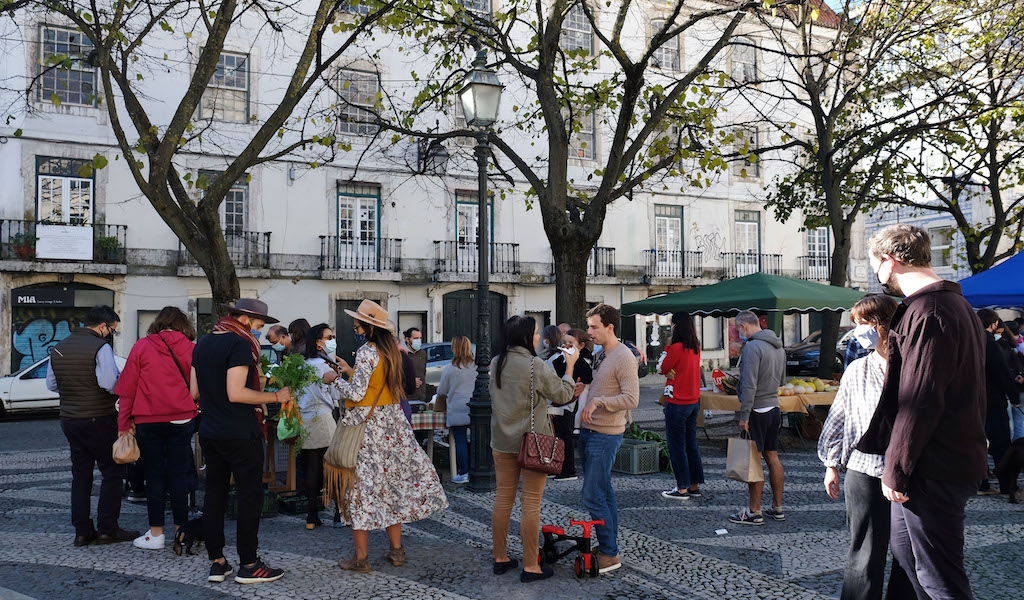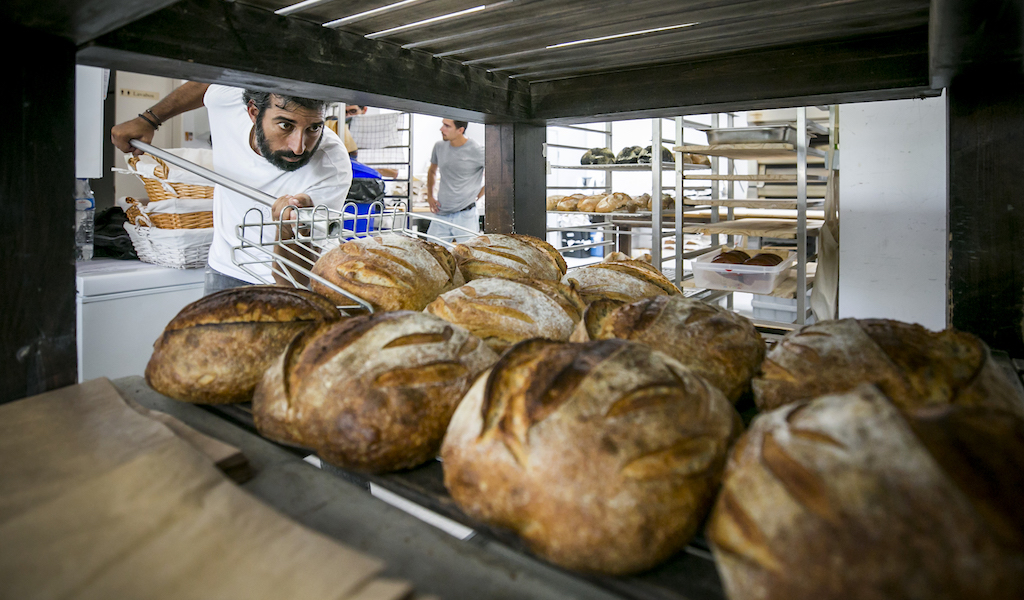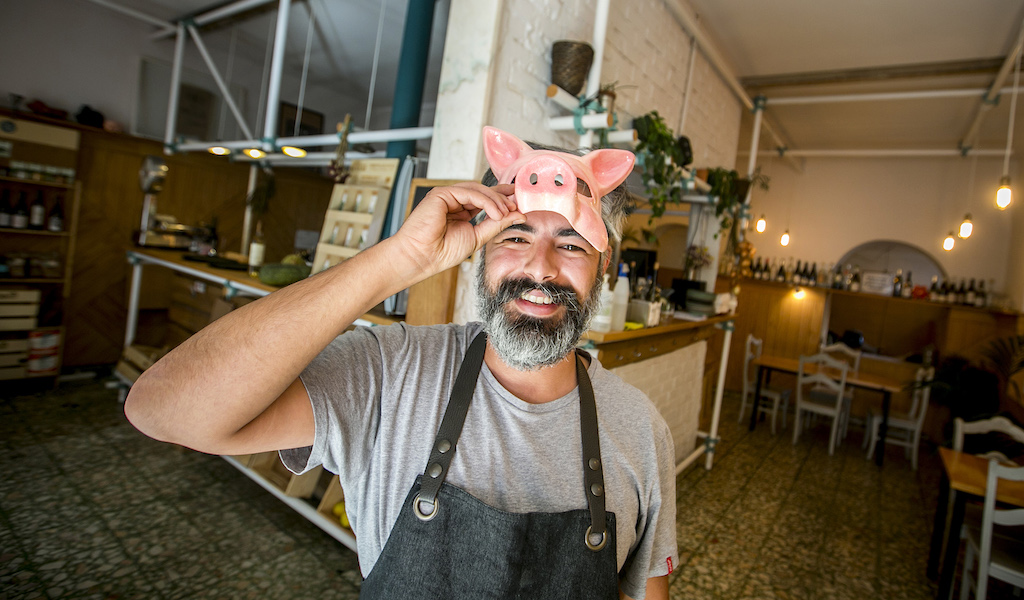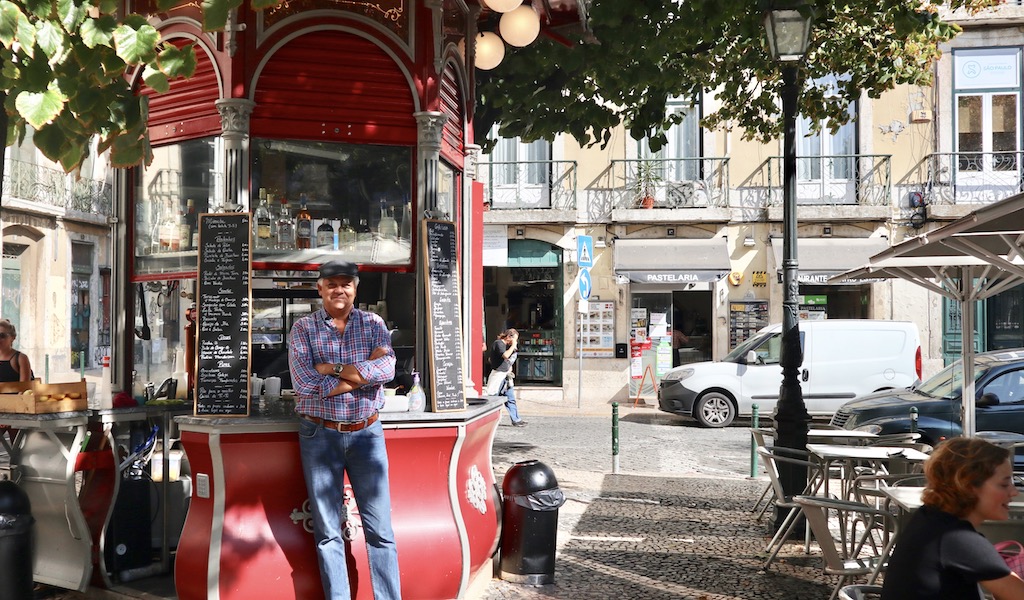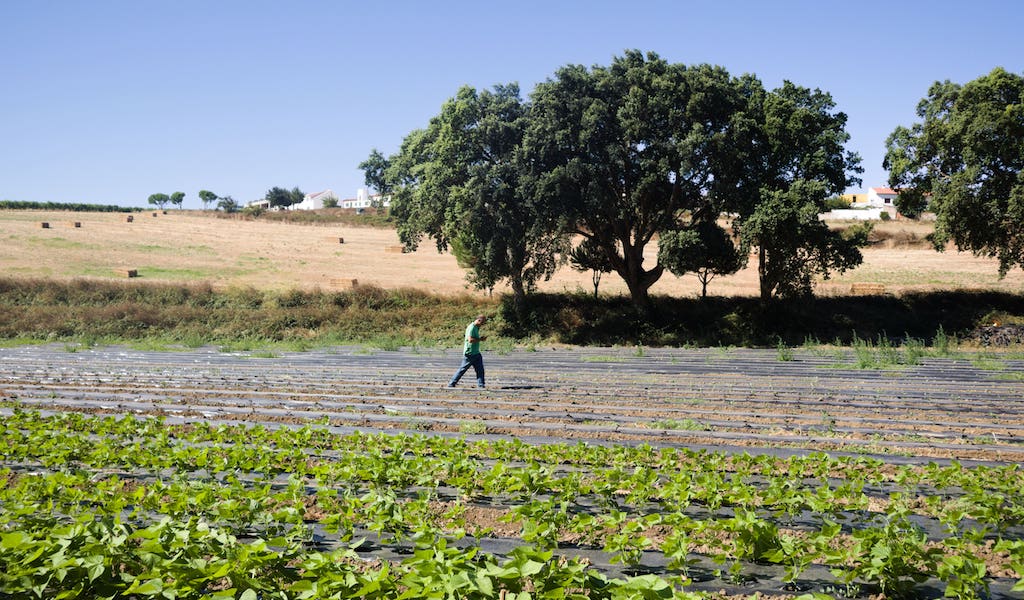We can't find the internet
Attempting to reconnect
Something went wrong!
Hang in there while we get back on track
Search results for "Célia Pedroso"
Lisbon
Bacalhau: At Christmas, It’s in Cod that Lisboetas Trust
The black-and-white photo shows a crowd, a policeman and José Martins holding a piece of salted cod, all crammed together in Manteigaria Silva, a small, historic shop in Baixa. It’s from a newspaper clipping dated December 10, 1977 – Christmas season. That year Portugal experienced a shortage of bacalhau, the beloved salt cod that was (and still is) a Christmas Eve favorite, and the people of Lisbon were so desperate to get their preserved fish that the police were often called in to maintain order. The scene at Manteigaria Silva played out at shops across the city. José, who still oversees the bacalhau section at Manteigaria Silva, remembers those days well. “Hard to imagine now but people were fighting for salt cod, that’s why we had to call the police,” he recalls.
Read moreLisbon
Essential Services: In Lisbon, A New Farmers’ Market on the Block
The current Praça de São Paulo formed in the wake of a disaster: the square was rebuilt soon after the 1755 Lisbon earthquake, and serves as a model of the architectural style from that time. More recently, this beautiful yet oft-neglected square has been given a new lease on life thanks to another calamity – the Covid-19 pandemic. Over the summer, chef André Magalhães took over the square’s charming red kiosk – the oldest in Lisbon – and overhauled the menu, filling it with traditional drinks, delicious sandwiches and petiscos. And since the start of November, the grocery store Comida Independente has been organizing a successful farmers’ market in the square on Saturdays, bringing Lisboetas in contact with independent producers and one another – a balm in this strange time of social distancing.
Read moreLisbon
A Rising Tide: Lisbon Chefs Turn To Baking
The pandemic has inspired a new passion for quality loaves in Lisbon, a city saturated with industrialized bread. Baking bread became an escape for many people during global lockdowns, and the Portuguese capital was no exception – talk often turned to bread recipes or the desperate search for flour and yeast, which flew off supermarket shelves. Like in many European countries, bread has always been an important part of the Portuguese diet. It’s an essential part of the culinary traditions in the Alentejo, where wheat bread is widespread, and in the north, where corn and rye loaves are also found. In difficult times, it was a staple that fed many empty stomachs.
Read moreLisbon
Pigmeu: Whole Hog
On a quiet street in the Campo de Ourique neighborhood, a green awning hangs out front of Pigmeu, giving the restaurant a bit of a French look. But inside, the nose-to-tail menu couldn’t be more Portuguese: As one might guess from the restaurant’s name (it’s a play on the words pig and meu, “mine” in Portuguese), the dishes feature pork and offal as well as seasonal vegetables. Miguel Azevedo Peres is the mastermind and talent behind Pigmeu, which he opened in December 2014. Since his first kitchen job in 2007, Miguel has cooked at various restaurants in Lisbon, including Estrela da Bica, and for a time had the concession for the café at Museu do Chiado. But it was a desire to focus on sustainable meat consumption that led him to go in an entirely different direction with Pigmeu.
Read moreLisbon
Wine Week 2020: Quinta do Olival da Murta, A Natural Wine Refuge
Fruit orchards and vineyards line the driveway, and the impressive mountains of Montejunto contribute to the scenic view. More than eye candy, however, the peaks also influence the climate, making this area one hour north of Lisbon a paradise for grapes. As we reach the end of the dirt road, a friendly dog, whom we later learn is named Noruega, and cousins Joana and José Vivas are there to greet us. We’ve come to Quinta do Olival da Murta, a sprawling property in Cadaval, to learn more about the natural wines made by Joana, José and three other cousins of theirs, and how they have opened the grounds to other natural winemakers, fostering a collaborative community of like-minded individuals.
Read moreLisbon
Quiosque de São Paulo: Kiosk Revival
The kiosk in beautiful São Paulo square, located close to the waterfront, in the Cais do Sodré neighborhood, always reminded us of a beacon, with its vibrant red color and many light bulbs. Except rather than warn off passersby, it attracts the hungry and the thirsty, even more so now that André Magalhães, the chef at Taberna da Rua das Flores in Chiado, has taken over this traditional kiosk. The oldest and only privately owned kiosk in the city, Quiosque de São Paulo has a long history, although not quite as long as the square itself – Largo de São Paulo is one of the best examples of the architectural style known as Pombalino, named after Marquês de Pombal, who led Lisbon’s recovery in the aftermath of the 1755 earthquake.
Read moreLisbon
Projecto Matéria: Putting Portugal’s “Tomato Whisperer” On the Map
If we had to describe the landscape, idyllic would be the first word to come to mind. But while the sunflowers initially command our attention, our eyes soon drift downward, where tomatoes of different shapes and colors, from yellow to red, orange green to black, are growing bigger and ripening. Brothers Miguel and Diogo Neiva Correia, the two farmers behind Hortelão do Oeste, are showing us around this immense vegetable garden. It’s a hot late August day in most of Portugal, but at the farm, which is located one hour north of Lisbon, near Runa, in the municipality of Torres Vedras, it’s cool and breezy. Miguel and Diogo are meticulous, telling us all about the tomatoes, peppers and corn in great detail.
Read more